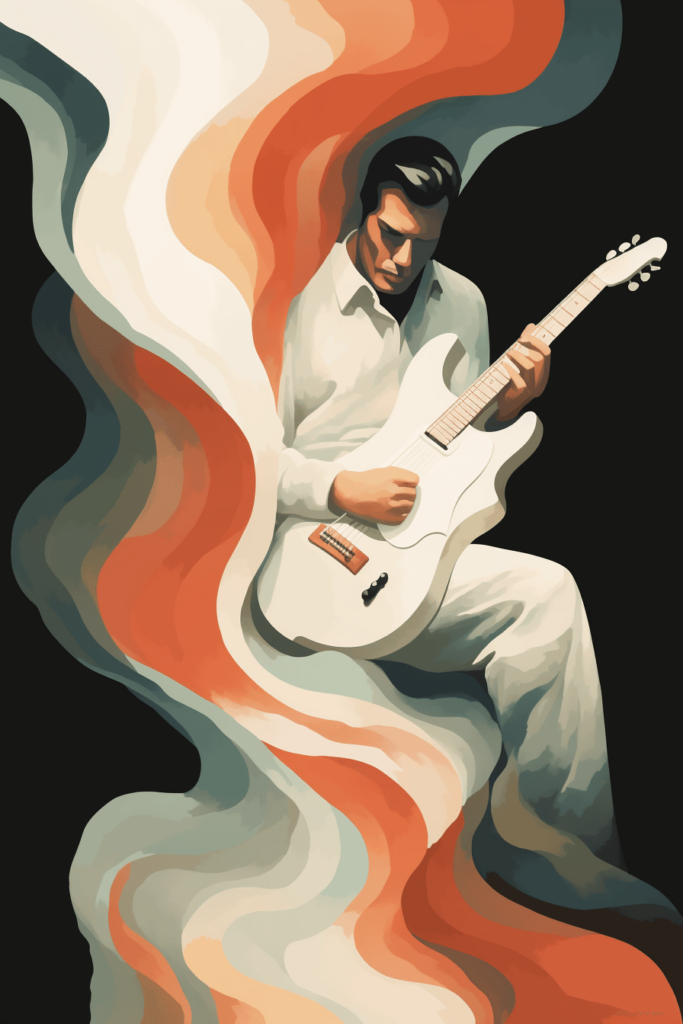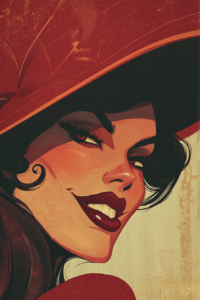The excitement surrounding generative art in recent times has been hard to miss. As someone who has always been interested in adopting new technologies and exploring emerging trends, I found myself naturally attracted to this growing field. My interest was not just theoretical, but practical; I was eager to incorporate these innovations into real-world projects and applications.
My journey began in 2022 with an enthusiastic dive into the world of AI art generators like Dall-e 2 (at that time), Stable Diffusion, and Midjourney.
These tools represented a new frontier, and I was eager to explore their capabilities. Initially, the results were astonishing, prompting me to delve deeper, especially into Midjourney, which struck a perfect balance between user-friendliness and powerful output.
From Digital Marketing to AI Art: A Transition
Coming from a background in digital marketing and graphic design, with a wealth of experience in tools like Photoshop, Illustrator, and Indesign, I must confess there was a moment of trepidation.
The thought crossed my mind: could these AI tools render my skills obsolete? Thankfully, this fear was fleeting. Within minutes, I pivoted from apprehension to a renewed determination to push the boundaries of this technology and see how far it could go.
A key realization dawned on me over time. There’s a significant divide between professionals who use AI to generate random images or achieve a singular result and those who harness it for more substantial professional endeavors.
My journey with AI art didn’t stop at playful experimentation. It evolved into real projects for real clients, creating illustrated books, graphic novels, web designs, logos and more.
This wasn’t just for entertainment or infotainment; it was a professional application of an emerging technology.
The Role of Intention in AI’s Effectiveness
Those who fear AI will dismantle their careers might not fully embrace or understand these tools.
Conversely, those who unquestioningly celebrate AI as the end-all solution might overlook its limitations.
AI’s usefulness is defined by its intention. It cannot function on its own, it needs guidance and insight. If your requirements are straightforward, AI may be adequate. However, the real challenge arises when you need to create a story or visualize a complex scene. The more specific your vision, the more crucial your input becomes. No machine today can read your mind and produce a complete piece of work out of thin air.

Crafting prompts for AI requires a certain level of expertise. It involves comprehending how the machine grasps language and concepts, as well as how various elements interact within a prompt. Achieving significant outcomes necessitates well-thought-out input and unambiguous direction. Without these, AI is nothing more than a source of entertainment, not a revolutionary tool.
Imagination is characterized by its unpredictable nature. Working on stories from diverse cultures has highlighted the vast differences in perceptions of beauty, style, and appeal. AI has been instrumental in generating varied styles and ideas quickly. However, the majority of my time isn’t spent marveling at AI’s outputs, but in meticulously crafting the right prompts that align with both my vision and my clients’.
It’s a dance between our imagination and the tangible results we expect, a negotiation between our creative desires and the AI’s interpretative abilities. The unpredictability of human imagination is especially evident in storytelling.
Each person’s unique experiences shape their vision, making it challenging to accurately translate these abstract ideas into visual representations. This gap between imagination and realization is a topic that is often overlooked in discussions about AI art.
AI tools will become more sophisticated and accurate. However, as long as humans can dream and imagine, we will always need to articulate, refine, and test our ideas, unless we don’t care about our ideas in the first place.
We bear the responsibility for our imagination and owe it to ourselves to express it with intention and to the best of our abilities.
Ai is the mirror of our intentions… It matters
In conclusion, I am acutely aware of the substantial threat that AI poses, not only to our jobs but also to our safety in certain situations.
However, if AI reflects our intentions, we may now possess the power to use it for good, to improve things, not just for profit or to enhance the scale and significance of projects.
Maybe we can also view it as a tool to assist in solving various problems, such as violence and war. We live in challenging times, and as Elvis once said, “We’re trapped in a world that struggles with pain.” Therefore, it raises the question: why is so much intelligence and AI used to create smart bombs, control public opinion, and for similar manipulative purposes? Is it possible respond to violence in a way that doesn’t involve revenge? I don’t know… Maybe one day an Ai will find a more viable solution… I hope so.
Nonetheless, I digress because, as mentioned earlier, we as humans still possess the power of imagination.

But if you have a story to tell, and you want to work side by side with someone that can help you through Ai to transform it into a graphic novel or an illustrated book, just click here.





